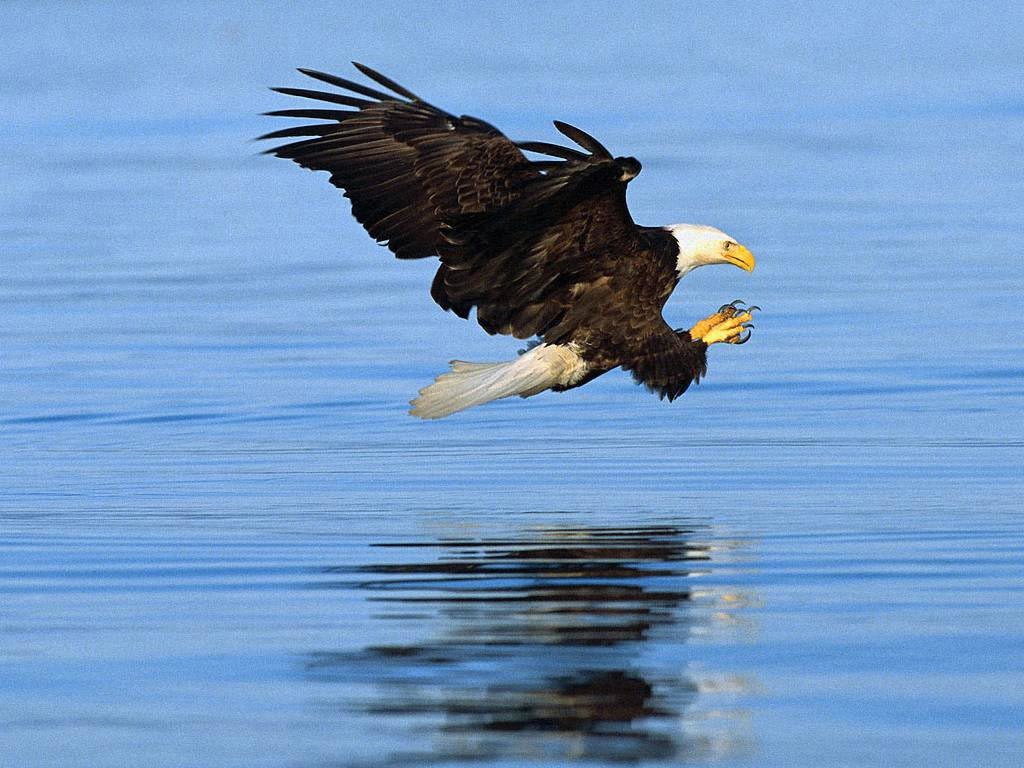The Minnesota Public Utilities Commission (PUC) has voted against a proposed wind farm in rural Goodhue County because the developers failed to provide an acceptable plan to protect bald eagles and other species.
Eagles, Migratory Birds Threatened
Goodhue Wind proposed the construction of a 32,700 acre, 48-turbine wind farm in the Mississippi Flyway, a wide expanse of land frequented by bald eagles and migrating birds. Power generated by the turbines, which are subsidized by state and federal taxpayers, would be sold to Minneapolis-based XCel Energy.
Local residents have been fighting the wind farm since it was first proposed in 2009. The controversy has attracted attention from nature and conservancy groups concerned about the impact on the bald eagle population in Minnesota. Goodhue Wind has conceded the project would harm bald eagles and has started an application for a controversial new “Incidental Take Permit” from the U.S. Fish and Wildlife Service.
The Minnesota PUC has approval responsibility for proposed wind farms greater than 5 megawatts. The Commission had approved use and site permits for the Goodhue wind farm. However, the PUC ruled Goodhue wind did not submit an adequate Avian and Bat Protection plan for the 78-megawatt project.
440,000 Kills Each Year
The exact number of birds and bats killed or injured by wind turbines is unknown, but a 2008 U.S. Fish and Wildlife study reported approximately 440,000 birds are killed annually by wind farms in the United States. Conservationists say the actual number of bird kills is likely much higher because Fish and Wildlife merely counted carcasses near wind turbines but did not search for carcasses of birds that may have flown a modest distance away before drying from a turbine strike.
Conservationists also point out the number of wind farms has grown considerably since 2008, again likely raising the death toll considerably higher.
More Protection Coming?
With the federal government having initiated hundreds of enforcement actions for alleged bird kills against non-wind power energy producers, conservationists are raising concerns over wind power receiving a free pass even though it kills far more birds.
On March 23, 2012 Department of Interior Secretary Ken Salazar announced new voluntary guidelines for wind energy project developers with the expressed goal of encouraging compliance with the Migratory Bird and Treaty Act, the Bald and Golden Eagle Protection Act, and the Endangered Species Act.
A proposed wind project in Oregon recently filed the nation’s first Incidental Take Permit application for golden eagles. The Minnesota take permit, if granted, would be the first granted for bald eagles.
Proposal Still Not Dead
The action by the Minnesota PUC does not close the door on the proposed Minnesota wind farm. Commissioner David Boyd, who voted against the denial, said in a public statement, “I think this plan can be improved,” and indicated a mere delay of the proposal might be in order.
Brian Fojtik ([email protected]) is president of Brownstone Communications.





